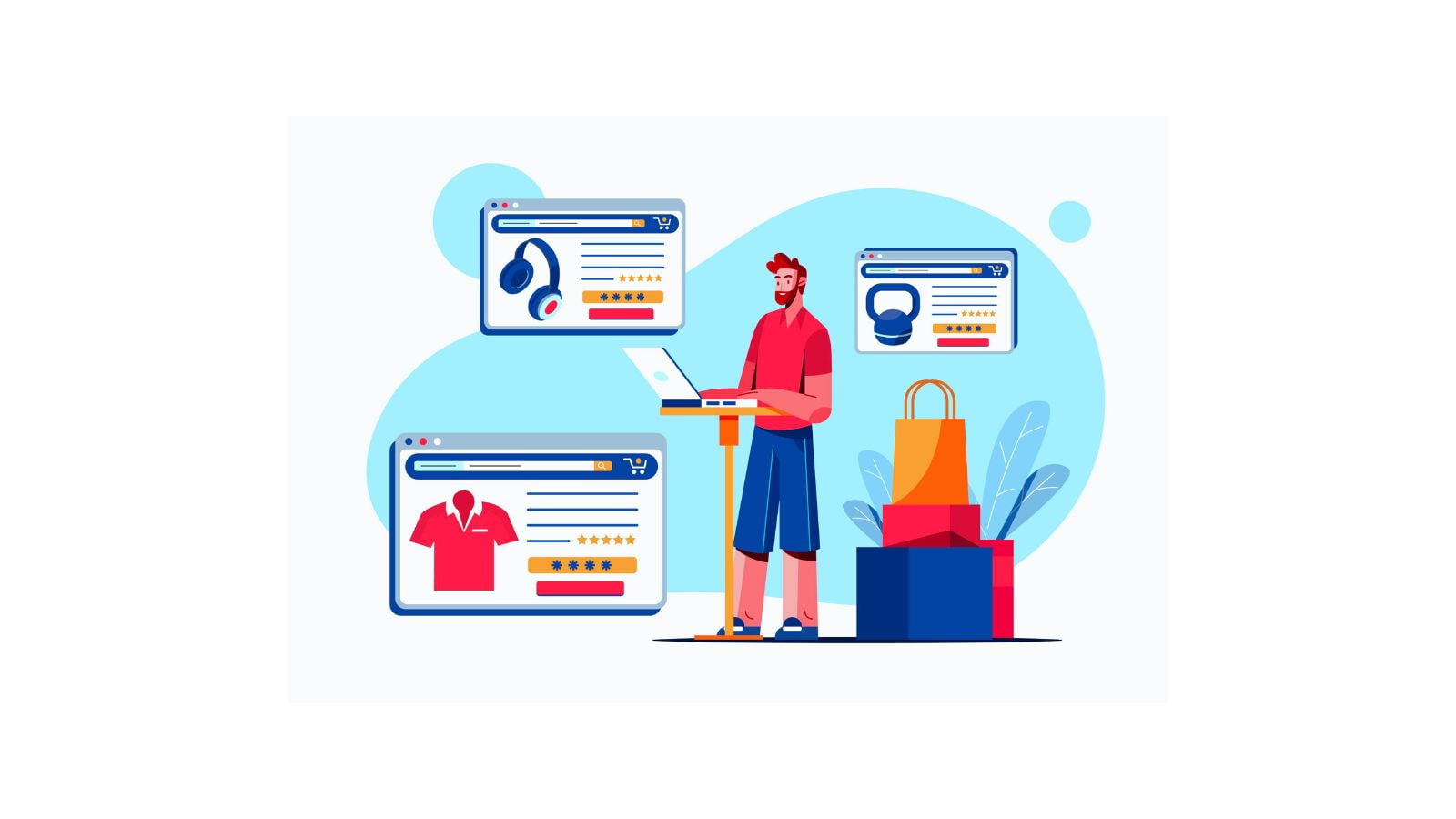The Importance of Responsive Design in Shopify Theme Development
Introduction:
Responsive design has become a crucial aspect of website development. It refers to the ability of a website to adapt to different screen sizes and devices, providing an optimal user experience. Shopify, one of the most popular e-commerce platforms, emphasizes the importance of responsive design in theme development. In this blog, we will explore why responsive design is essential in Shopify theme development and provide best practices and common mistakes to avoid.
Why Responsive Design is Important in Shopify Theme Development:
Responsive design affects user experience in several ways. Firstly, it ensures that the website is accessible and easy to navigate on different devices, including smartphones and tablets. With the increasing use of mobile devices for online shopping, mobile optimization has become crucial for e-commerce websites. A responsive design ensures that the website is optimized for mobile devices, providing a seamless shopping experience for customers.
Moreover, responsive design is essential for SEO. Google has emphasized the importance of mobile optimization in their search algorithm, and websites that are not mobile-friendly may experience a drop in search rankings. A responsive design ensures that the website is optimized for different devices, improving its search engine visibility.
Best Practices for Responsive Design in Shopify Theme Development
To ensure that your Shopify theme is responsive, it is essential to use a mobile-first approach. This means designing for mobile devices first and then scaling up for larger screens. This approach ensures that the website is optimized for mobile devices, providing a seamless user experience.
Optimizing images and media for different screen sizes is also crucial for responsive design. Large images can slow down the website's loading speed, affecting user experience. It is essential to compress images and use appropriate file formats to ensure that the website loads quickly on different devices.
Designing navigation and menus for different screen sizes is also crucial for responsive design. It is essential to ensure that the website's navigation is easy to use on different devices, including smartphones and tablets. Using collapsible menus and dropdowns can help optimize navigation for smaller screens.
Finally, testing and optimizing for different devices and browsers is crucial for responsive design. It is essential to test the website on different devices and browsers to ensure that it is optimized for different screen sizes and operating systems.
Common Responsive Design Mistakes to Avoid in Shopify Theme Development
One common mistake in Shopify theme development is over-reliance on pre-built templates. While templates can be a useful starting point, they may not be optimized for your specific needs. It is essential to customize templates to ensure that they are responsive and optimized for different devices.
Share your project details to build your path toward success.
Ignoring the importance of page load speed is another common mistake in Shopify theme development. Large images and media files can slow down the website's loading speed, affecting user experience. It is essential to optimize images and media files and use appropriate file formats to ensure that the website loads quickly on different devices.
You can also read: Shopify vs WooCommerce: Which Is Better For eCommerce Store?
Failing to test and optimize for different devices and browsers is also a common mistake in Shopify theme development. It is essential to test the website on different devices and browsers to ensure that it is optimized for different screen sizes and operating systems.
Conclusion:
Responsive design is crucial for Shopify theme development. It ensures that the website is optimized for different devices, providing a seamless user experience. Best practices for responsive design in Shopify theme development include using a mobile-first approach, optimizing images and media, designing navigation and menus for different screen sizes, and testing and optimizing for different devices and browsers. Common mistakes to avoid include over-reliance on pre-built templates, ignoring the importance of page load speed, and failing to test and optimize for different devices and browsers.
By following these best practices and avoiding common mistakes, you can create responsive Shopify themes that will reach a wider audience, improve the user experience for your customers, and reduce development costs.
Looking to develop a Shopify theme with a responsive design? Get a free quote today!







